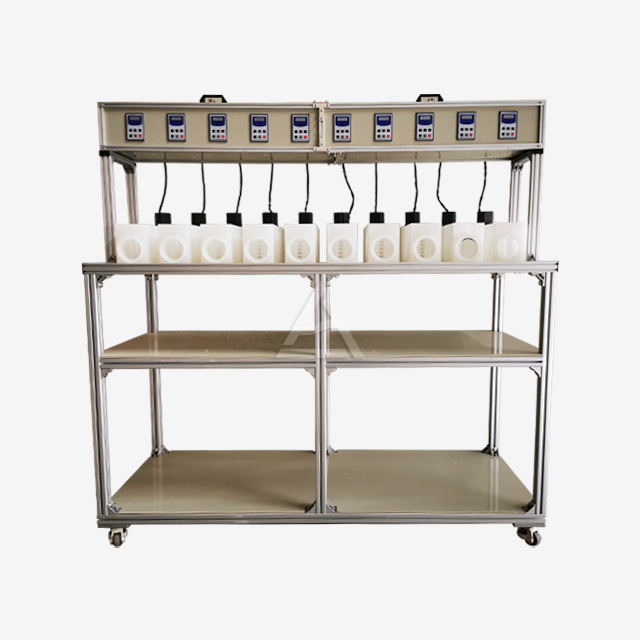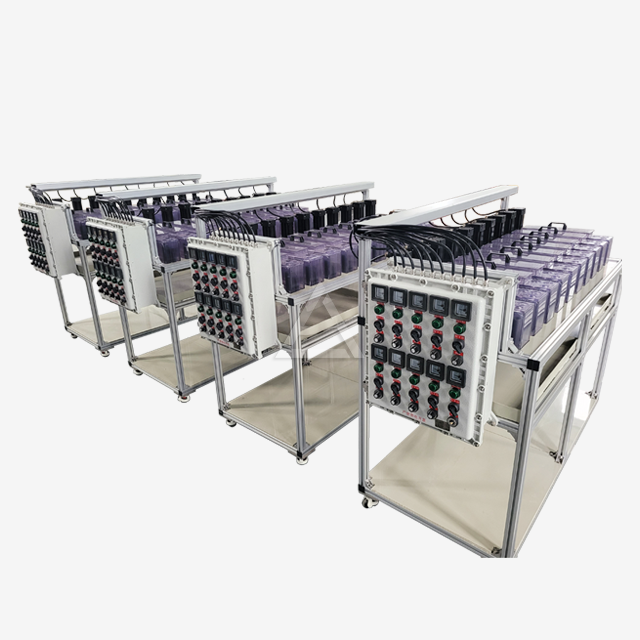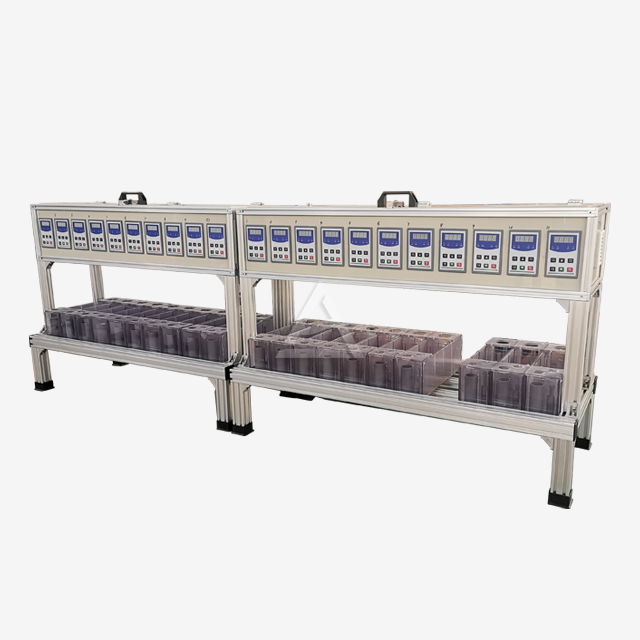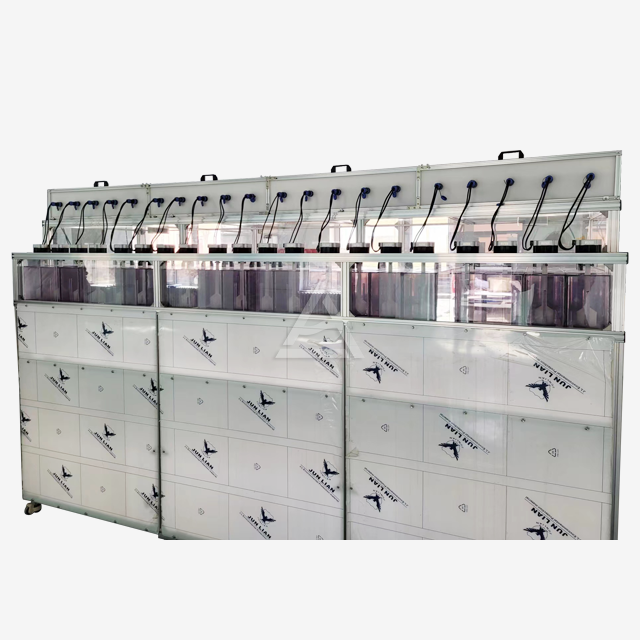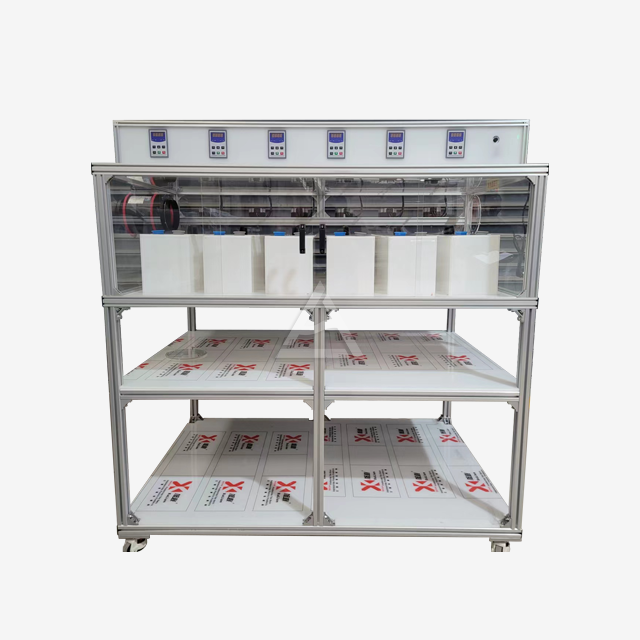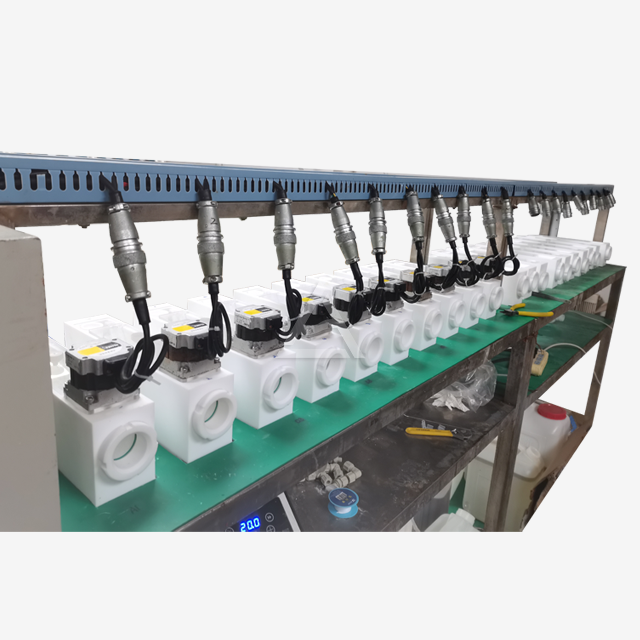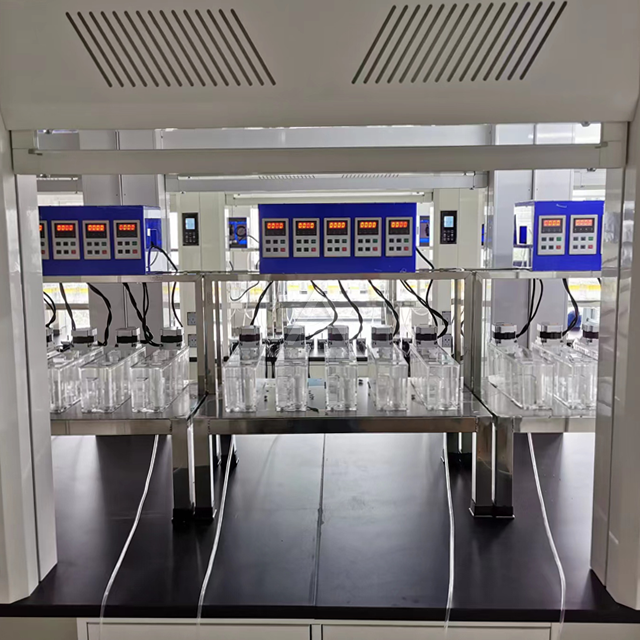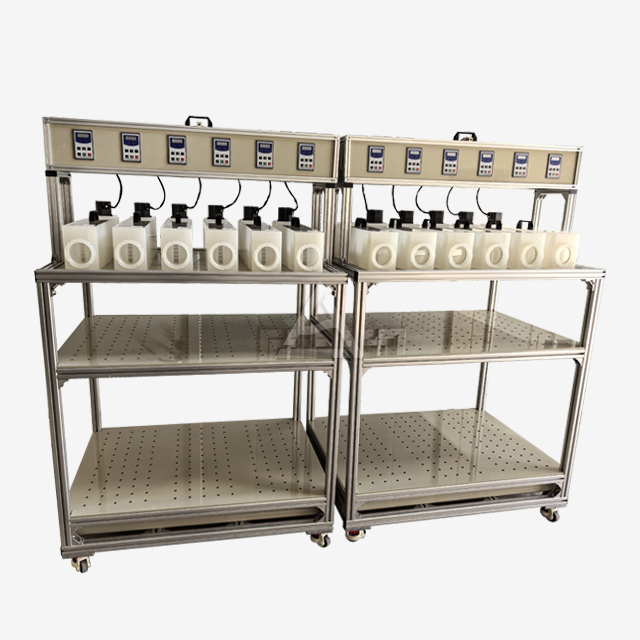Understanding Mixer Settler Technology
The Basics of Mixer Settler Operation
Mixer settlers consist of two main components: a mixing chamber and a settling chamber. In the mixing stage, an agitator blends two immiscible phases, typically an organic and an aqueous phase, to facilitate mass transfer. This process allows desired components to move from one phase to another based on their solubility preferences.
Following the mixing stage, the combined liquids flow into the settling chamber. Here, gravity takes over, separating the phases based on their density differences. Adjustable weirs guide this separation process, ensuring a clean split between the two phases. The separated liquids then flow out of the settler, ready for the next stage of processing or collection.
Key Features and Advantages
Modern mixer settlers boast several advantages that make them popular in industrial settings. Their design typically incorporates zero-leak features, utilizing seamless welding and PTFE seals to eliminate contamination risks. This is particularly crucial when dealing with sensitive or hazardous materials.
Energy efficiency is another standout feature. The modular design of mixer settlers can reduce power consumption by 15-20% compared to traditional models. This not only lowers operational costs but also aligns with increasing environmental concerns in industrial processes.
Customizability is a hallmark of advanced mixer settler designs. Operators can adjust agitator speeds (typically ranging from 100 to 800 RPM), phase interface heights, and even the number of stages in the setup. This flexibility allows for fine-tuning of the separation process to meet specific product requirements or adapt to changing input compositions.
Material Considerations and Construction
The choice of materials for mixer settler construction is critical to their performance and longevity. For applications involving corrosive media, materials like SUS316L stainless steel or PTFE are often used, capable of handling solutions with pH ranges from 1 to 14.
Transparent materials such as PMMA (acrylic) are sometimes incorporated to allow real-time monitoring of the mixing dynamics. This can be particularly useful during process development or troubleshooting.
Advanced manufacturing techniques, including precision CNC machining and robotic welding, ensure the structural integrity of these devices. This is essential for maintaining consistent performance over extended operational periods.

Applications Across Industries
Rare Earth Element Extraction
Mixer settlers play a pivotal role in the extraction and purification of rare earth elements like neodymium and dysprosium. These elements are crucial for manufacturing high-performance magnets used in electric vehicles and advanced electronics. The process typically begins with leaching rare earth-containing ores, followed by a series of solvent extraction steps using mixer settlers.
In each stage, the aqueous solution containing rare earth elements is mixed with an organic solvent that selectively binds to specific elements. The mixer settler's efficient mixing and separation capabilities allow for high purity levels to be achieved through multiple extraction stages. This process is vital for reducing dependence on imported materials and promoting sustainable technology development.
Battery Recycling and Metal Recovery
As the demand for electric vehicles grows, so does the need for efficient battery recycling processes. Mixer settlers are instrumental in recovering valuable metals like lithium and cobalt from spent batteries. After mechanical dismantling and chemical leaching of battery materials, mixer settlers are used to separate and purify the individual components.
The process often involves multiple stages of extraction, with each stage optimized for a specific metal. For instance, cobalt might be precipitated out in one stage, while lithium is refined through subsequent extractions. The ability to fine-tune mixer settler parameters allows for high recovery rates and purity levels, essential for reintroducing these materials into the battery production cycle.
Wastewater Treatment and Environmental Applications
In environmental applications, mixer settlers are crucial for removing heavy metals and other contaminants from industrial wastewater. The process often begins with chemical precipitation, where substances like lime or sodium hydroxide are added to form insoluble metal hydroxides.
Mixer settlers then come into play for liquid-liquid extraction steps, where organic solvents selectively remove metal ions from the aqueous phase. The multi-stage capability of mixer settler systems allows for the progressive removal of different contaminants, achieving water quality levels that meet or exceed regulatory standards.
This application of mixer settler technology is vital for protecting aquatic ecosystems, preventing soil contamination, and safeguarding water resources for various uses. As environmental regulations become stricter, the role of efficient separation technologies like mixer settlers becomes increasingly important in industrial wastewater treatment processes.

Optimizing Mixer Settler Performance
Process Control and Automation
Modern mixer settler systems often incorporate advanced process control and automation features to enhance performance and consistency. Integrated sensors can track critical parameters such as pH, temperature, and liquid levels in real-time. This data is fed into programmable logic controllers (PLCs) that can make automatic adjustments to maintain optimal operating conditions.
For instance, if the pH in a particular stage drifts outside the desired range, the system can automatically adjust the addition of acids or bases to bring it back into specification. Similarly, flow rates between stages can be fine-tuned based on real-time measurement of phase separation efficiency.
Automation not only improves consistency but also reduces the need for constant operator intervention, allowing for more efficient use of human resources and reducing the potential for human error.
Maintenance and Troubleshooting
Regular maintenance is crucial for ensuring the long-term performance of mixer settler equipment. This typically includes cleaning with deionized water after each batch to prevent cross-contamination and build-up of residues. Annual replacement of seals is often recommended to maintain the integrity of the system and prevent leaks.
When troubleshooting, operators often start by examining the phase interface in the settling chamber. An unstable or poorly defined interface can indicate issues with mixing intensity, flow rates, or chemical composition of the phases. Advanced systems may include viewing windows or even inline cameras to facilitate this inspection process.
Emulsion formation is another common issue that can reduce separation efficiency. This can often be addressed by adjusting mixing speeds or introducing anti-emulsion agents. In some cases, the addition of baffles or modifications to the settler design may be necessary to improve phase separation.
Future Trends and Innovations
The field of mixer settler technology continues to evolve, with several exciting trends on the horizon. One area of development is in materials science, with researchers exploring new coatings and alloys that offer even greater corrosion resistance and longevity.
Another trend is towards miniaturization and modularization. Micro-scale mixer settlers are being developed for applications in pharmaceutical research and small-batch specialty chemical production. These smaller units offer the advantages of reduced reagent consumption and faster process development cycles.
Integration with other separation technologies is also an area of active research. For example, combining mixer settler stages with membrane separation or electrochemical processes could lead to hybrid systems that offer even greater efficiency and selectivity in complex separation tasks.
As industries continue to demand more efficient and environmentally friendly separation processes, mixer settler technology is likely to remain at the forefront of innovation in chemical engineering.

Conclusion
Mixer settler equipment stands as a cornerstone in modern chemical separation processes, offering a powerful combination of efficiency, flexibility, and reliability. From extracting rare earth elements to treating industrial wastewater, these versatile devices play a crucial role across numerous industries. As technology advances, mixer settlers continue to evolve, incorporating new materials, automation capabilities, and innovative designs. Their ability to adapt to diverse separation challenges while maintaining high performance standards ensures that mixer settlers will remain key players in chemical separation for years to come.
Contact Us
Ready to optimize your chemical separation processes? Cuiyan Technology offers cutting-edge mixer settler solutions tailored to your specific needs. Experience the benefits of high extraction rates, perfect separation effects, and customizable workflows. Contact us today at wangzhijun@cuiyan-tec.com to discover how our expertise can elevate your operations.




